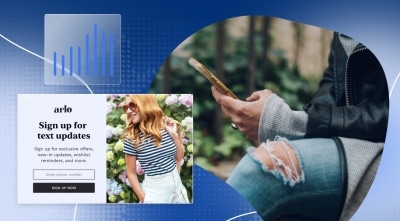Business
Millennials Aren’t Afraid of the Phone, or Human Connection
June 25, 2014

Have you heard how millennials have forsaken all manner of verbal communication in favor of texts and tweets? And that the best way to market to them is through cat pictures and ironic memes? So have I. And I don’t buy it.
The stereotype is that this generation is lazy and entitled. They’ve lost the art of eye contact and a firm handshake. But I say it is marketers who are lazy, for this prized demographic of 25-to-34-year-olds doesn’t respond just to digital campaigns or social-media exchanges: they also care deeply about authentic human connection.
Studies show that millennials are the most likely of any age group to make a research-and-purchase decision the old-fashioned way — by talking to someone. They are most likely to call a business from a digital advertisement.
Readers older than millennials may remember AT&T‘s famous “Reach Out and Touch Someone” campaign, which promoted talking as the primary means through which humans form and build relationships. Today, marketers too often associate a personal touch with, say, emoticons and shy away from offline conversations, believing they are pass with 20-somethings.
But Google recently studied consumer response to mobile search, and found that a phone call is the most common response to a local search. But Google’s research doesn’t address demographics.
With that in mind, I recently examined the demographics of phone calls that came from digital or mobile advertising click-to-call campaigns for a major auto insurer. I was surprised to find that the most common caller to this advertiser was between the ages of 25-34. Yes, millennials.
I checked campaigns in other categories. Millennials are more likely to place a phone call to cable and satellite TV providers than their parents. The same holds true for car rentals, banking and even home automation, a product generally aimed at an older, more upscale audience.
Advertisers are wrong to assume that because millennials are more connected and digitally savvy than earlier generations, they simply make purchase decisions through virtual channels. Marketers should place a moratorium on “gamification” and reinvest in a personal, offline engagement with their Millennial prospects.
Evidently, Generation Z, next in line behind millennials, is no different. Research last year from Piper Jaffray on teenagers shows that the great majority in this demographic browse frequently from their mobile devices and make e-commerce purchases. And yet, when asked if they prefer to shop online or in a store, more than 75% prefer to shop at a physical retail location.
All this would seem to confirm data that by 2016 mobile-influenced offline sales are projected to reach $700 billion, roughly 20 times what “m-commerce” is today. Perhaps millennials and younger generations will be paying with bitcoins, but they’ll still be making purchase decisions offline.
Could it be that those of us who have forecast the decline of civilization due to texting at the dinner table are the same people who once caused our parents to gasp as we zoned out to our Walkmans during “family time”?
What we should be doing, as brands and marketers, is ensuring that our offline experiences are truly extraordinary, with short lines, a helping hand and excellent, personal customer service.
How about simply asking millennials to reach out — or tap — and talk to you?
From AdAge.com, 04-09-2014, copyright Crain Communications Inc. 2013
![]()
The State of Brand Loyalty in the U.S. in 2023
Related



